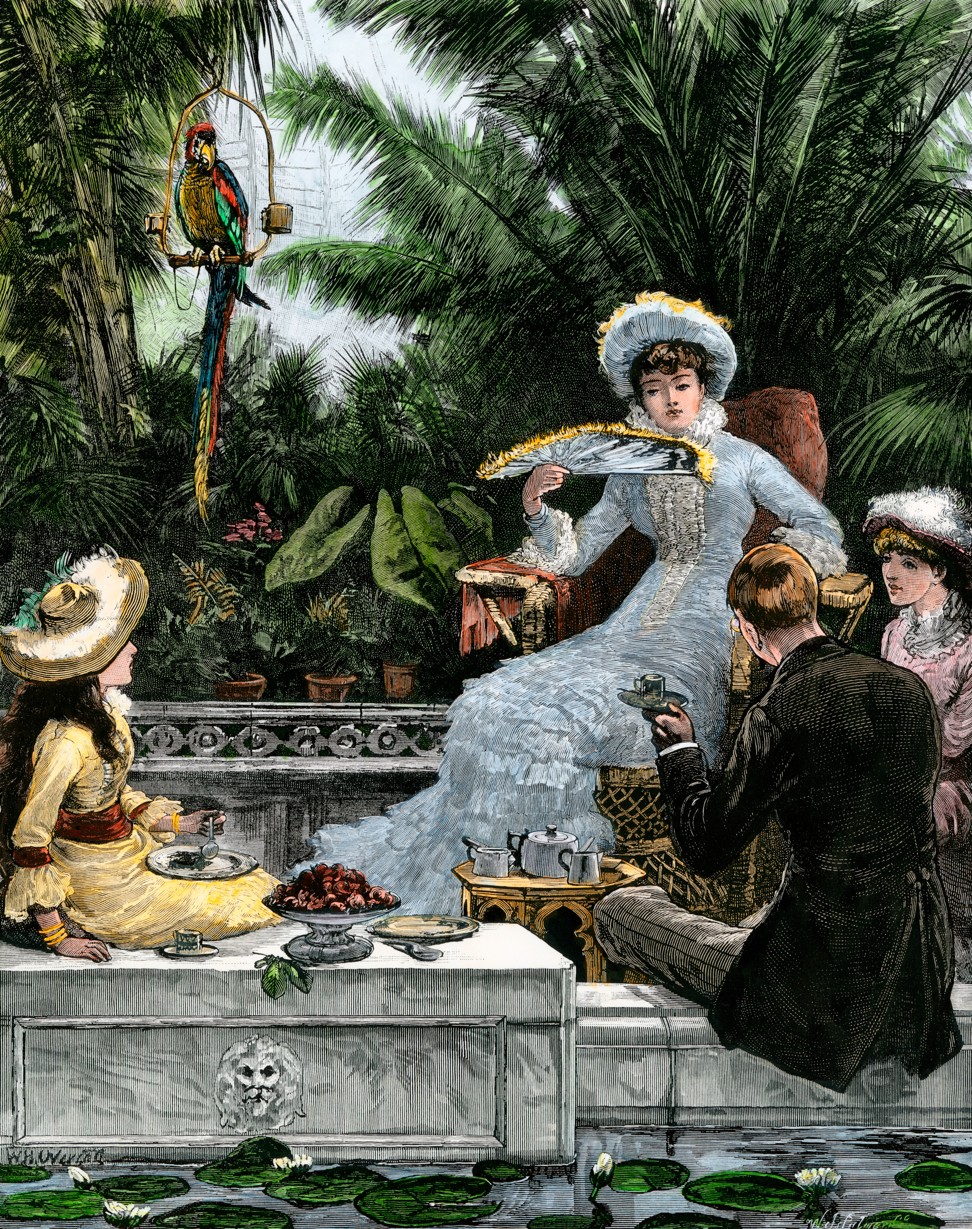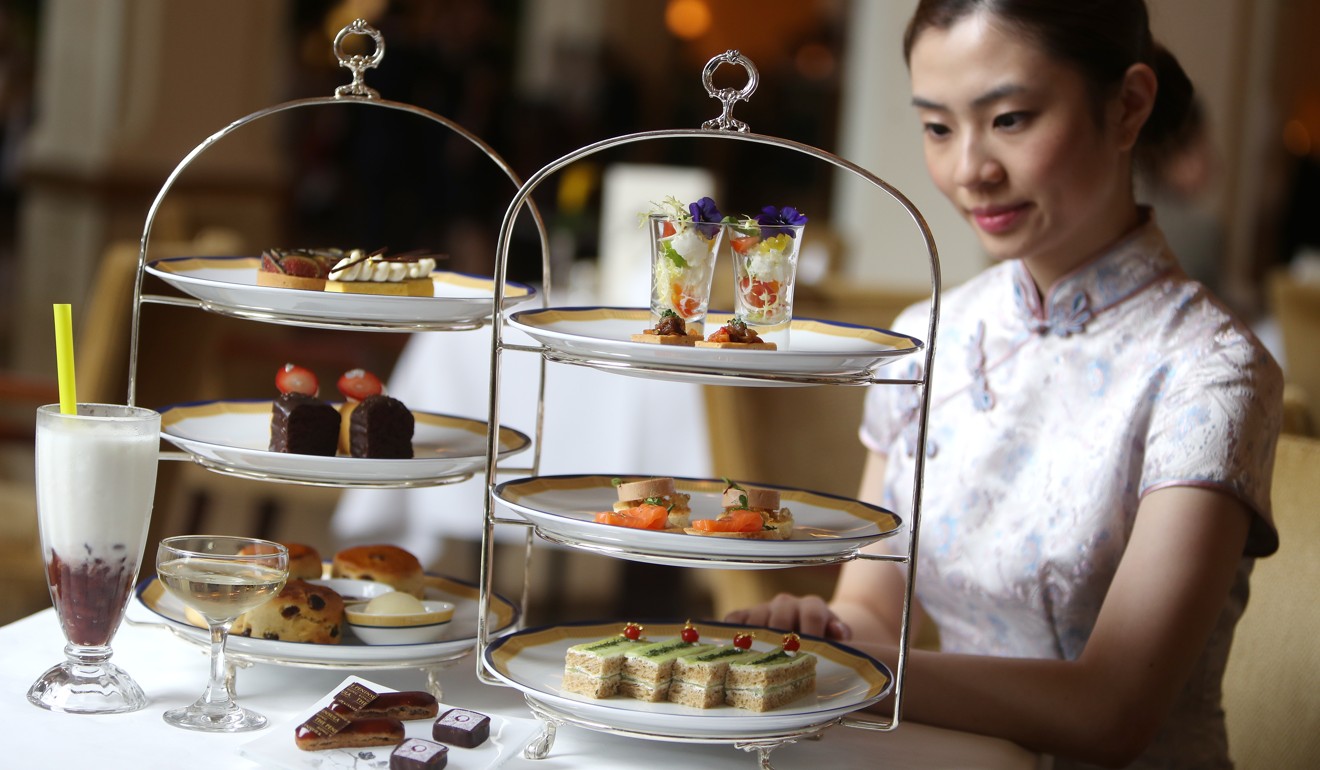
Afternoon tea is a phoney, anachronistic sham. It’s time to abolish it
Invented by a Victorian duchess, afternoon tea – don’t confuse it with high tea – is a fixture of Hong Kong menus, but it’s just a marketing gimmick whose time is past, Andrew Sun argues
Not all traditions and practices need to be preserved and continued. We don’t cure the sick with blood-letting now, women are no longer drowned to determine if they are witches, and it’s right that shark fin soup isn’t cool any more.
Another habit that can go to the dustbin? Afternoon tea.
Eight autumn recipes to make harvest lovers and Chinese grannies happy
In this day and age, it’s essentially a meaningless sham, an anachronistic ritual that continues under pretence.
The custom has been appropriated by many places – including fast food shops – to market a cheaper afternoon meal, but it somehow gets to keep its high-class association.

This English habit started in the mid-19th century. Anna, Duchess of Bedford, used to get very hungry while waiting for the evening meal to start, which was after 8pm. To keep her hunger pangs at bay, she requested a tray of cakes, sandwiches and tea brought to her room late in the afternoon.
When she started inviting lady friends to join her, these little tea breaks became fashionable events. By the late 1880s, aristocratic society women took to dressing up for these gatherings. Thus, began the Victorian fad to gather and nibble on light dainty morsels while drinking English tea.
Diane von Furstenberg offers Hongkongers afternoon tea with a dash of style
Although the terms are often used interchangeably, afternoon tea is different to high tea. The ironic thing is, I’ve been told that high tea began among working class families as a meal they could enjoy standing up or on a “high” stool. The leisure class co-opted this tea for more formal nibbles at a table.
Afternoon tea is casual, to be enjoyed in comfortable sitting room on chairs and sofas. The one percenter tai tais who congregate around luxury hotel lounges in Asian cities every afternoon are having a type of hearty high tea ina new, revised format, which to me, is less a culinary tradition and more a social excuse to pass time before a hair appointment.

To everyday Hongkongers, afternoon tea is the cheaper, smaller portioned lunch available after 2pm. People envision scones with clotted cream and jam; the reality is that it’s stir-fried beef noodle with scallion and broccoli. And the drink? Red bean ice with extra evaporated milk, please. The truth is, nobody actually cares about the tea – at least in Hong Kong.
There’s nothing wrong with wanting a small snack in the afternoon. It just doesn’t need the fancy sounding name of an outdated custom, one continued by contemporary food and beverage outlet operators for marketing reasons. I understand they want a gimmick to fill the space between lunch and dinner.

But afternoon tea just feels misleading. It sounds like a prohibition code word.
7 stylishly-themed afternoon tea sets in Hong Kong and Macau
Perhaps we can replace it with the Scandinavian concept of fika, which is a coffee break built into people’s work day. It’s designed for everyone to slow down and enjoy life a little, to contemplate and mingle, as an entirely leisure and social pause. Some Swedes claim this is when they get their best ideas. However, it’s not a meal per say, so perhaps we need another name.
The one gastro concept I’ve always considered the most clear and precise, with purposeful logic and efficient encapsulation, is brunch. Everyone gets it even on first mention. So maybe we call the afternoon tea what it really is.
What do you prefer: dinch or lunner?

